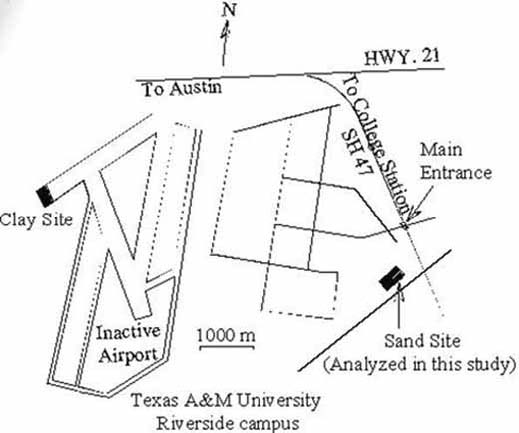Case studies of prediction of excavation response using learned excavation performance

Abstract
Inverse analysis approaches are increasingly used to learn from instrumented excavations with the aim of predicting excavation performance in similar stratigraphy. This paper demonstrates the capabilities and limitations of a recently developed inverse analysis approach, SelfSim, to predict excavation performance using soil behavior learned from measured excavation response in similar soil stratigraphy. Self-Learning Simulation (SelfSim) inverse analysis approach utilizes continuously evolving soil models to extract soil behavior from measured displacements and loads due to excavation. SelfSim learning and subsequent prediction of excavation performance is applied to three sets of case studies in Texas, Shanghai and Taipei separately. The difficulties associated with the use of measured excavation response that is incompatible with recorded construction activity, and the importance of engineering judgment in preparing measurement data for inverse analysis are discussed. In the Texas A and M full scale model wall, the soil behavior extracted from field measurements of a two-level tieback section is used to predict the lateral deflections of inclinometers at the wall and behind the wall with a single tieback level. The limitations of inverse analysis in modeling the slippage of the wall and predicting settlements are described. In Shanghai Metro Station Excavation, the predicted wall deflections and surface settlements at various sections along the station are in general agreement with the measured values. In Formosa deep excavation in Taipei, the lateral wall deflections and surface settlements are predicted reasonably well after learning from measurements at an excavation that is nearly 2 km away.
Keywords
Excavations, soil behavior, inverse analysis, case study
Copyright © 2004-2018 Elxis s.a. All rights reserved. Powered by Argo-E LLC.




